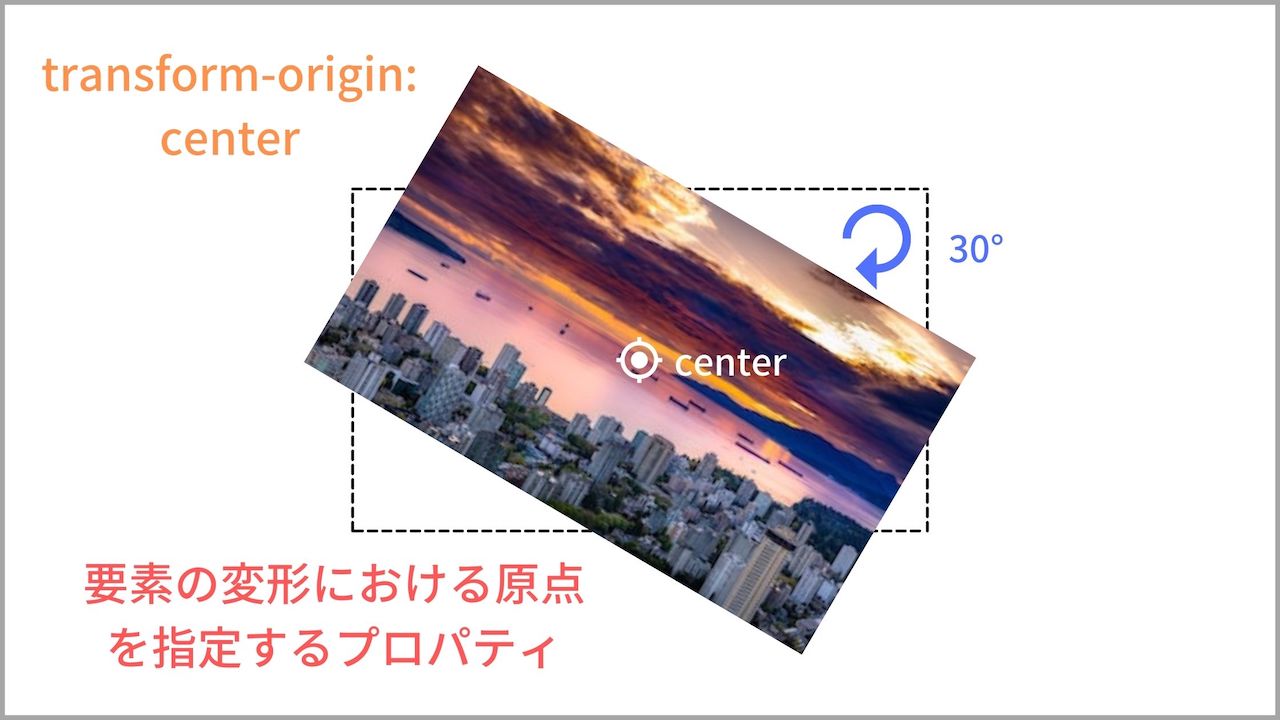
The following example translates an element by 100 user units to the right, and 300 user units to the bottom:

The tx and ty values can be either space-separated or comma-separated, and they don’t take any units inside the function-they default to the current user coordinate system units. The ty value is optional and, if omitted, it defaults to zero. tx represents the translation value along the x-axis ty represents the translation value along the y-axis. The translate() function takes one or two values which specify the horizontal and vertical translation values, respectively. The syntax for the translation function is: translate( ) To translate an SVG element, you can use the translate() function. Since this function is rarely used-if ever-I’m just going to skip to the other transformation functions. Those of you who are, you can read more about the math behind it here. įor those of you who are not math-savvy, you’re probably not going to be using this function. matrix(a,b,c,d,e,f) is equivalent to applying the transformation matrix. The above declaration specifies a transformation in the form of a transformation matrix of six values. The syntax for the matrix transformation is: matrix( ) You can apply one or more transformations to an SVG element using the matrix() function. See the section about transforming SVGs with CSS properties for information on the syntax used in the CSS transform properties. Note that the function syntax defined below only works in the transform attribute. The transformation functions used in the transform attribute work similar to the way CSS transform functions work in the transform property, except that they take different arguments. The possible SVG transformations are: rotation, scaling, translation, and skewing. An example of applying a transformation to an element may look like the following: The individual transform definitions are separated by whitespace and/or a comma. It takes a as a value which is defined as a list of transform definitions, which are applied in the order provided. The transform attribute is used to specify one or more transformations on an element. In this part I’m going to assume you read the first one, so, if you haven’t, make sure you do before you continue reading this article. Understanding SVG Coordinate Systems & Transformations (Part 3) – Establishing New Viewports.Understanding SVG Coordinate Systems & Transformations (Part 2) – The transform Attribute.Understanding SVG Coordinate Systems & Transformations (Part 1) – The viewport, viewBox, and preserveAspectRatio.In the first article, I covered everything you need to know to understand the basics of SVG coordinate systems more specifically, the SVG viewport, and the viewBox and preserveAspectRatio attributes.
#TRANSFORM ORIGIN SERIES#
This is the second article in a series I’m writing about SVG coordinate systems and transformations.

#TRANSFORM ORIGIN HOW TO#
In this article we'll go over the SVG transform attribute and CSS property, covering how to use it, and things you should know about SVG coordinate system transformations. However, there are certain inevitable differences when it comes to the coordinate systems used and affected by these transformations. SVG elements can be transformed by scaling, translating, skewing, and rotating-much like HTML elements can be transformed using CSS Transforms.


 0 kommentar(er)
0 kommentar(er)
